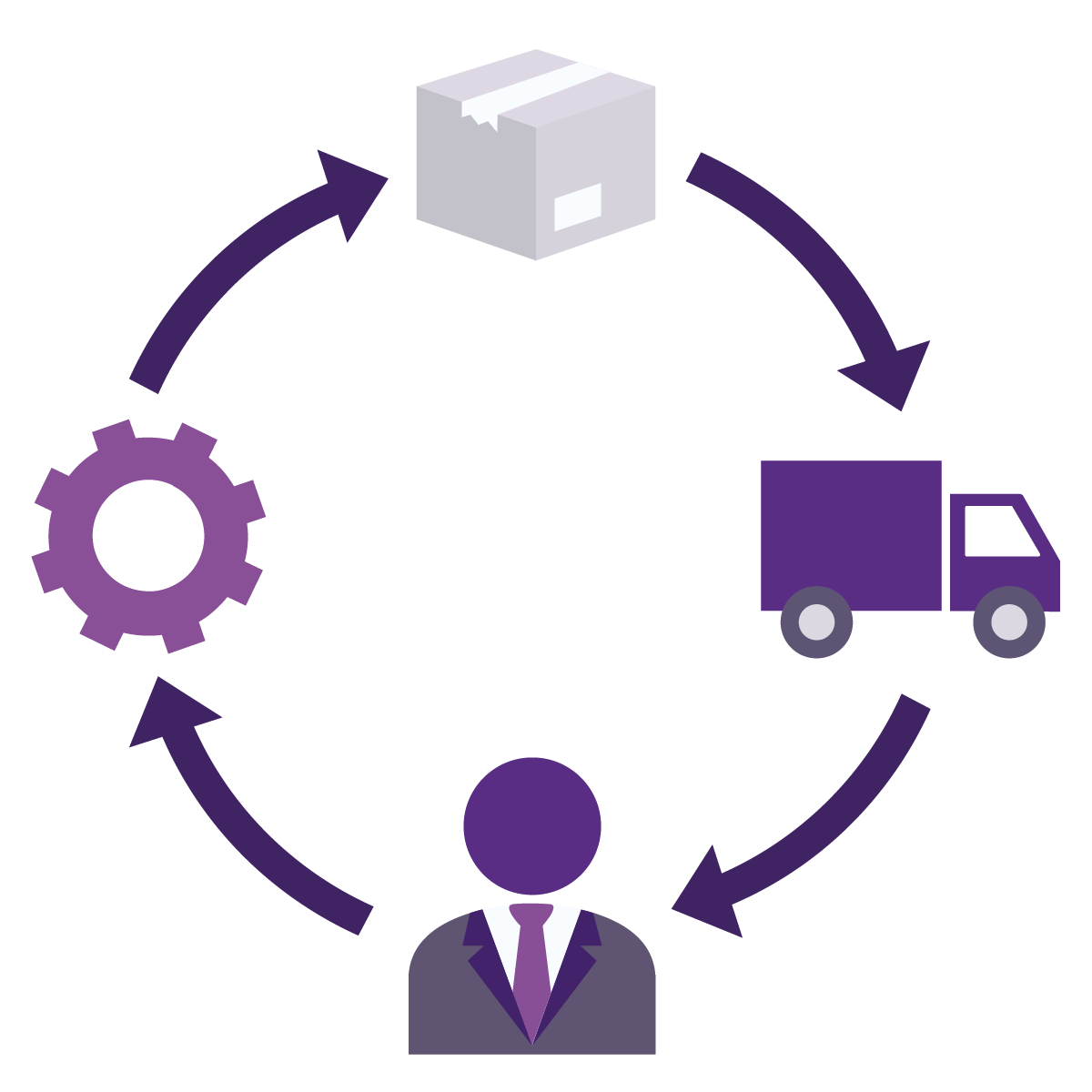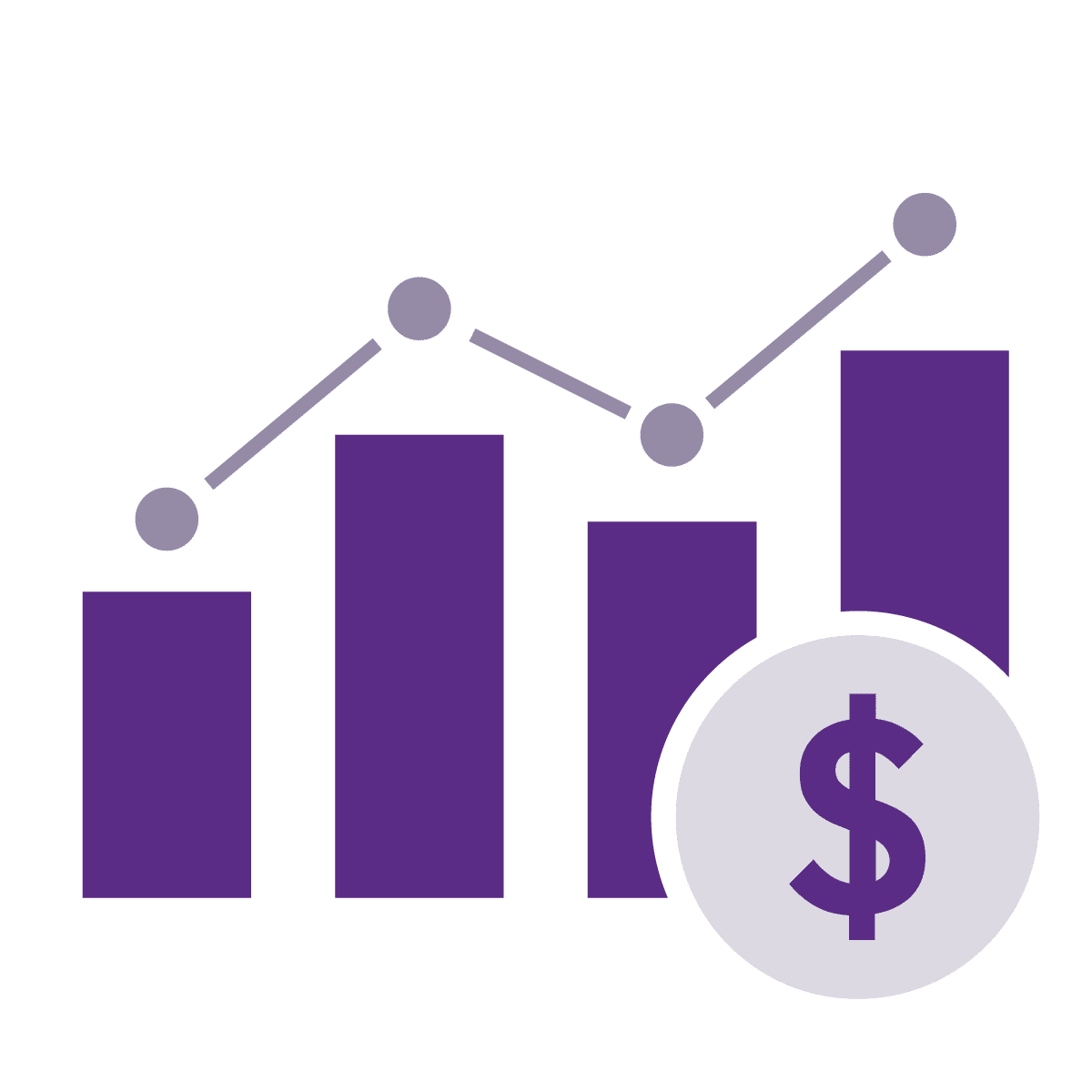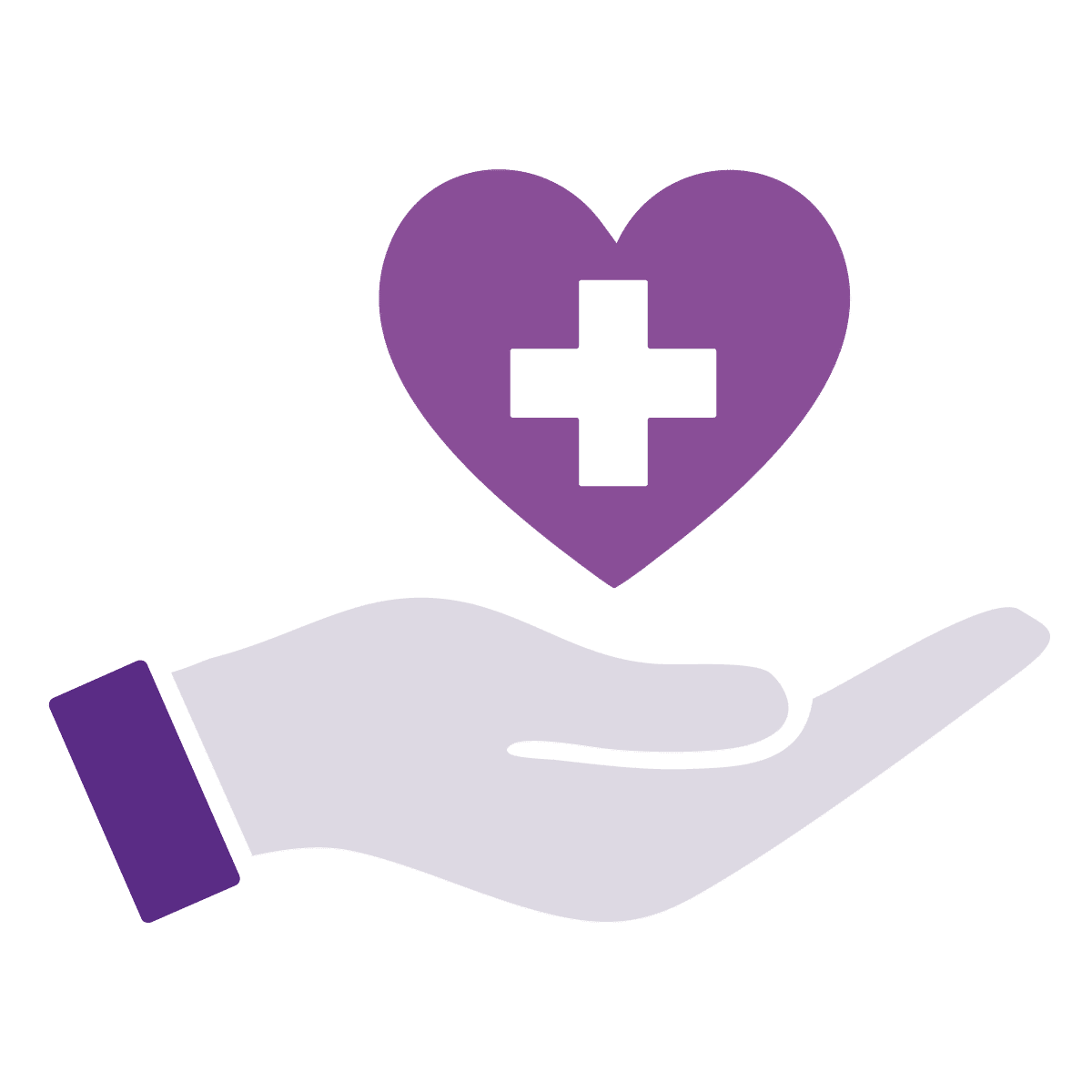In their blog “What is Knowledge Asset?”, EK’s CEO Zach Wahl and Practice Lead for Semantic Design and Modeling, Sara Mae O’Brien-Scott, explored how organizations can define knowledge assets beyond just documents or data. It emphasizes that anything, from people and processes to AI-generated content, can be treated as a knowledge asset if it holds value, can be connected via metadata, and contributes to a broader, contextualized knowledge network.
The way knowledge assets are defined is crucial for an organization because it directly impacts how they are managed, leveraged, and protected. This includes identifying which knowledge assets have strategic value, how to manage them to make them accessible for timely decision making, which management policies should be applied to ensure effective knowledge sharing, retention, continuity, and transfer, and which steps are necessary to comply with industry regulations.
This blog highlights the types of knowledge assets that are commonly found in organizations and provides industry-specific examples based on typical Knowledge Management (KM) Use Cases.
Examples Of Relevant Knowledge Asset Types Per Industry
As illustrated in the previous section describing the different types of knowledge assets, these assets encompass more than just content or data. They may include people’s expertise and experience, transaction records, policies, and even facilities or locations. Depending on the industry or organization type, certain knowledge assets may be prioritized in early use cases because they play a more central role in those specific contexts.
 |
A manufacturing company looking to improve its supply chain processes would benefit significantly from tagging, managing, leveraging, and protecting operational and logistical resources — such as equipment, facilities, and products — and linking them to reveal relationships and dependencies across the supply chain. By also tagging and connecting additional knowledge assets, such as structured data and analytical resources — including order history, transactions, and metrics — and content and documentation — such as process descriptions and reports — the company may gain deeper visibility into operational bottlenecks, enhance forecasting accuracy, and improve coordination across departments. This holistic approach can enable more agile decision-making, reducing downtime and supporting continuous improvement across the entire manufacturing lifecycle. |
 |
A bank that is looking to maintain compliance, uphold governance standards, and minimize regulatory risk can benefit from managing, leveraging, and protecting its key knowledge assets in a standardized and connected way. By using key terminology to tag governance and compliance resources — such as corporate policies, industry regulations, and tax codes — alongside operational and logistical resources — such as locations and facilities — and corresponding subject matter experts, the bank builds a foundation for semantic alignment. This will allow the bank not only to associate branches and operational sites with the specific policies and regulatory obligations they must meet, but also help ensure that the bank complies with jurisdiction-specific requirements, reduces audit exposure, and strengthens its ability to respond to regulatory changes with agility and confidence. |
 |
A healthcare organization relies on clinical expertise and institutional memory to diagnose and treat patients. By capturing, tagging, and sharing expertise and experience from physicians and multidisciplinary teams, doctors, nurses, and other support personnel will be able to timely access the expert-based information they need to diagnose and treat their patients more accurately. Additionally, having access to content and documentation from clinical cases and structured data from research studies will also help improve decision-making for the personnel of this healthcare organization. |
Do you know which priority knowledge assets and related KM use cases can transform your organization by empowering teams to surface hidden insights, accelerating decision-making, or fostering operational excellence? If you need help uncovering the most valuable use cases and the associated knowledge assets that unlock meaningful transformation in your organization, we can help. Contact us to learn more.

